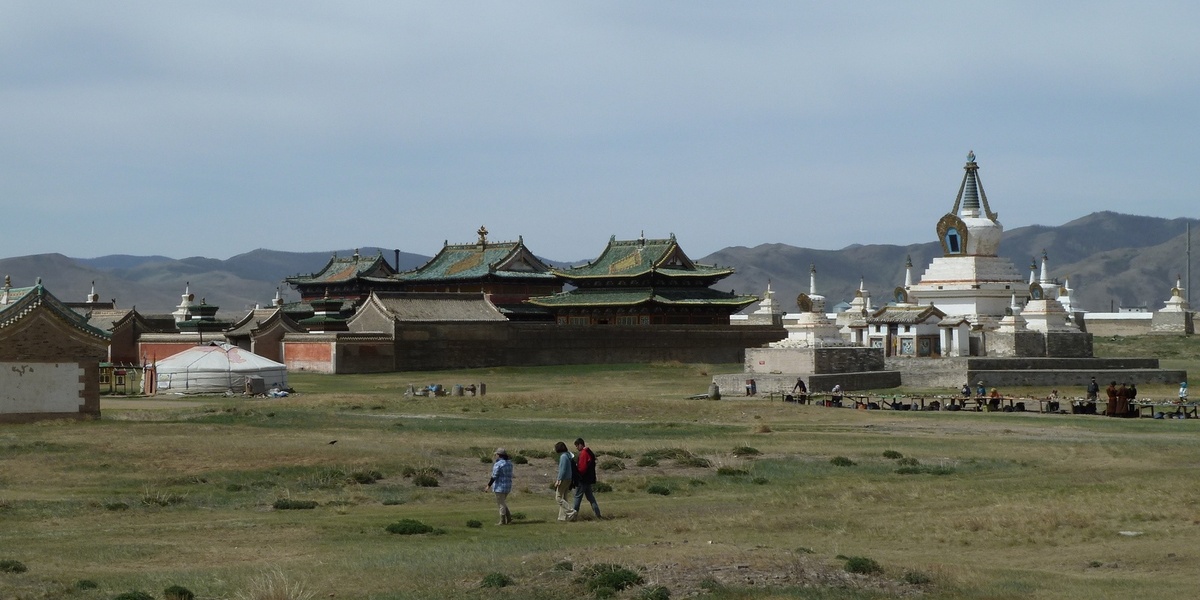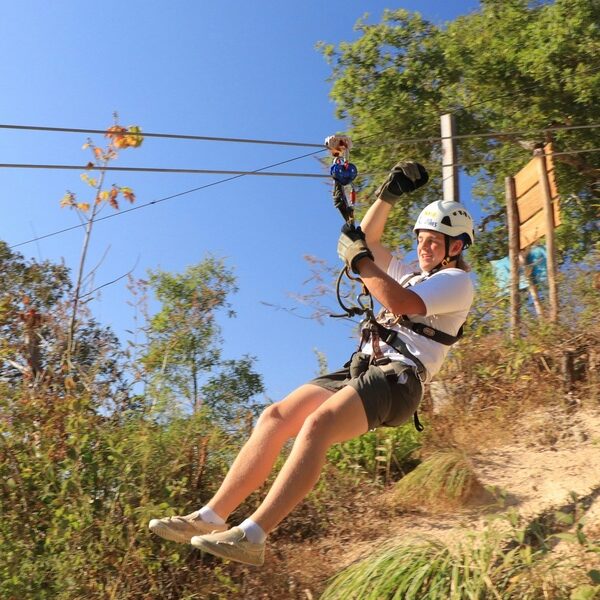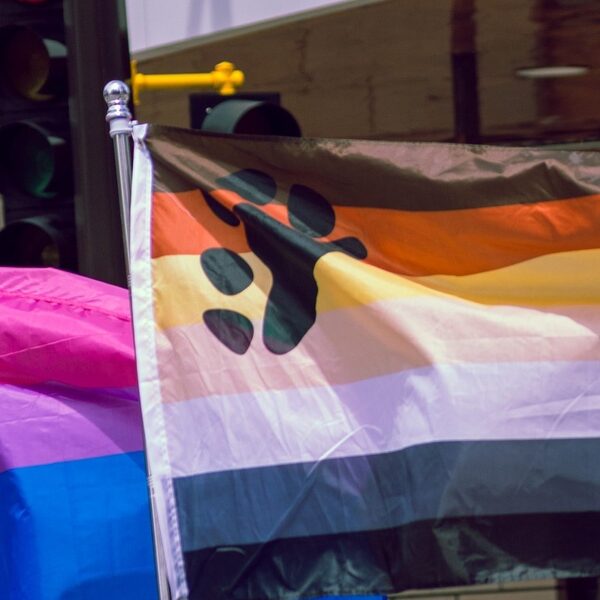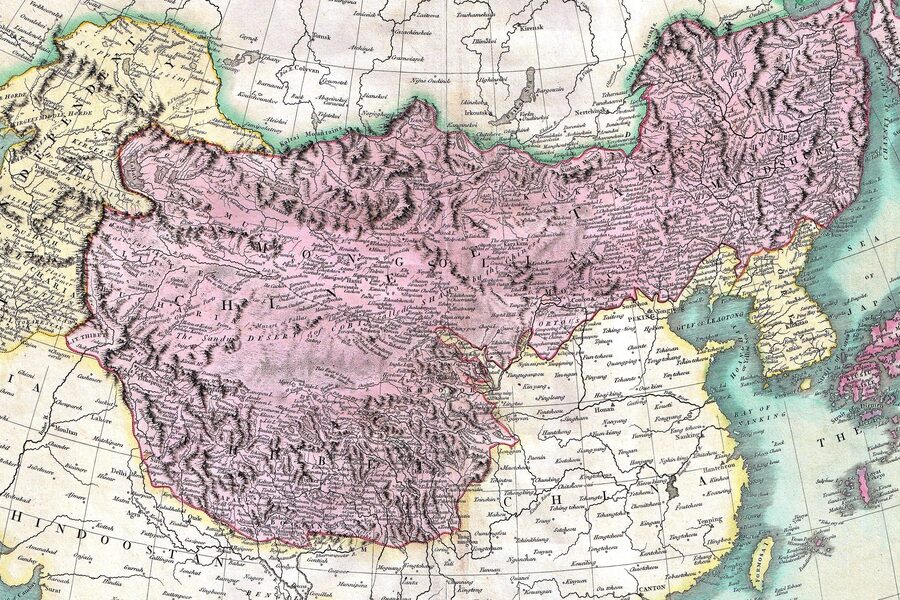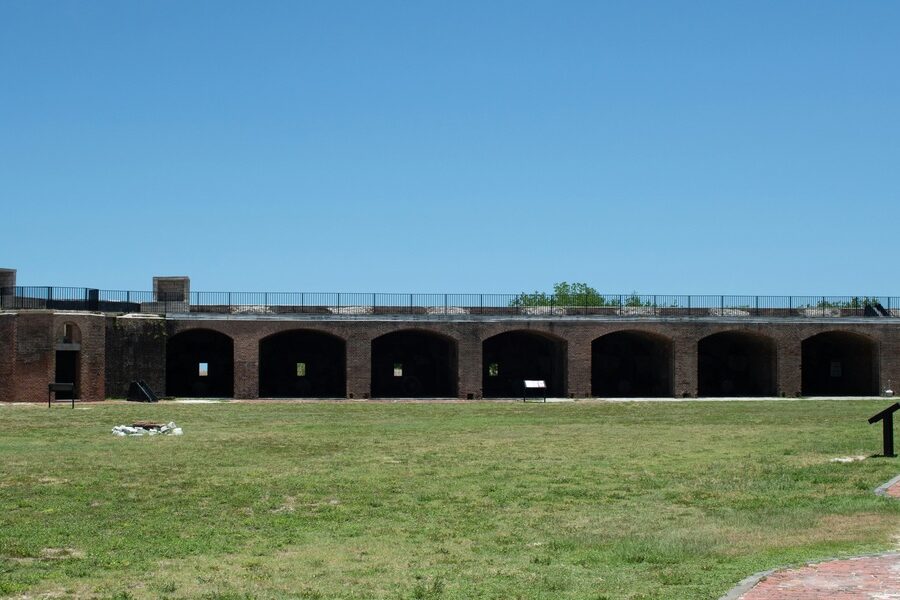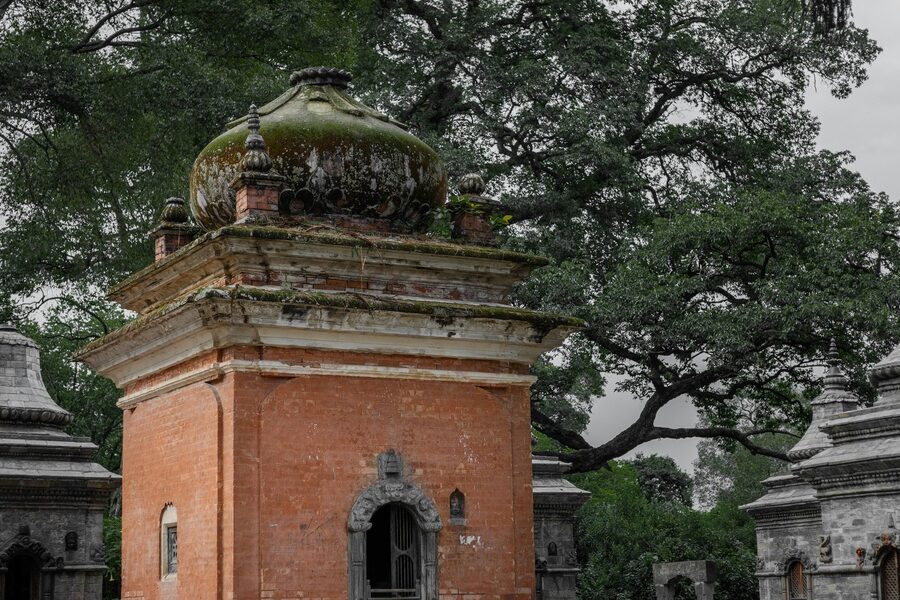Mongolia’s wide-open landscapes keep a quiet archive of past lives — fortified settlements, tombs, and carved stones that mark centuries of movement and trade across the steppe. Many sites are modest in appearance but rich in historical clues, telling stories from nomadic empires to sacred local traditions.
There are 24 Ruins in Mongolia, ranging from Avraga Palace to Uushigiin Uvur Deer Stones. For each entry you’ll find below Location,Era,Significance so you can quickly compare where a site is, when it dates from, and why it matters; see the full list you’ll find below.
How reliable are the dates and eras listed for these sites?
Dates come from a mix of archaeological methods (radiocarbon, stratigraphy), inscriptions when available, and scholarly consensus; many entries use best-supported estimates and may note ranges rather than exact years. Treat the Era column as a starting point and consult site reports or local museums for detailed chronologies.
Which ruins are easiest to visit for a casual traveler?
Sites near provincial centers or along major roads are the most accessible and often require little more than a day trip, while many are remote and need a 4×4 or guided tour. Check seasonal access, local guides, and transport options listed in the Location column before planning a visit.
Ruins in Mongolia
| Name | Location | Era | Significance |
|---|---|---|---|
| Karakorum | Övörkhangai Province; near Kharkhorin; 47.19, 102.85 | 13th century | Capital of the vast Mongol Empire under Ögedei Khan. |
| Khar Balgas | Arkhangai Province; near Khotont; 47.43, 102.65 | 8th–9th century | Sprawling capital city of the Uighur Khaganate, a rival to Tang China. |
| Ongiin Khiid | Dundgovi Province; near Saikhan-Ovoo; 45.34, 104.01 | 18th–20th century | One of Mongolia’s largest monasteries before its destruction in the 1930s. |
| Khushuu Tsaidam Monuments | Arkhangai Province; near Khashaat; 47.55, 102.85 | 8th century | Memorials to Turkic Khaganate princes with the famous Orkhon inscriptions. |
| Manzushir Monastery | Töv Province; near Zuunmod; 47.79, 106.94 | 18th–20th century | Picturesque monastery ruins in a protected mountain park near Ulaanbaatar. |
| Avraga Palace | Khentii Province; near Delgerkhaan; 47.15, 109.15 | 12th–13th century | Believed to be Chinggis Khaan’s early base camp or first capital. |
| Uushigiin Uvur Deer Stones | Khövsgöl Province; near Mörön; 49.64, 99.98 | Bronze Age (c. 1,500–500 BCE) | The most spectacular collection of Bronze Age deer stones in Mongolia. |
| Petroglyphs of the Mongolian Altai | Bayan-Ölgii Province; near Tsengel; 48.83, 88.94 | Paleolithic to Bronze Age (c. 11,000–1,000 BCE) | UNESCO World Heritage site showcasing 12,000 years of rock art. |
| Noyon Uul Tombs | Töv Province; near Bornuur; 48.78, 106.37 | Xiongnu Period (c. 1st c. BCE–1st c. CE) | Royal burial complex of the powerful Xiongnu aristocracy. |
| Kherlen Bars | Dornod Province; near Choibalsan; 48.09, 113.19 | 12th century | Ruins of a major city from the Khitan Liao Dynasty. |
| Tövkhön Monastery | Övörkhangai Province; near Bat-Ölzii; 47.01, 102.26 | 17th–20th century | Secluded hermitage of Zanabazar, the first Bogd Gegeen of Mongolia. |
| Chinggis Khaan’s Wall | Dornod Province; near Kherlen; 48.49, 111.45 | Primarily 12th century (pre-Chinggis Khaan) | Extensive earthen wall system, likely of Khitan or Jurchen origin. |
| Baybaliq | Bulgan Province; near Khutag-Öndör; 49.33, 102.59 | 8th century | A major fortified city of the Uighur Khaganate. |
| Bars-Khot (Khitan Fortress) | Dornod Province; near Matad; 47.04, 114.77 | 11th–12th century | Well-preserved Khitan fortress with two surviving stupas. |
| Shiveet Mankhan | Arkhangai Province; near Tariat; 48.14, 99.85 | 7th–8th century | Turkic-era ritual complex associated with the Ashina clan. |
| Balgasyn Tal Fortress | Bulgan Province; near Dashinchilen; 47.92, 104.28 | Xiongnu Period (c. 209 BCE–93 CE) | One of the few identifiable Xiongnu fortified settlements. |
| Gol Mod II Necropolis | Arkhangai Province; near Khairkhan; 48.06, 101.21 | Xiongnu Period (c. 1st c. BCE–1st c. CE) | Major Xiongnu elite burial ground with over 500 tombs. |
| Terelj Gorkhiin Durvuljin | Töv Province; near Terelj National Park; 48.05, 107.45 | Xiongnu Period (c. 3rd c. BCE–2nd c. CE) | Easily accessible example of a Xiongnu-era square slab grave. |
| Barlagiin Süm | Ömnögovi Province; near Bayandalai; 43.68, 103.88 | 19th–20th century | Remote and atmospheric Gobi monastery ruins. |
| Khamar Monastery Ruins | Dornogovi Province; near Sainshand; 44.57, 110.15 | 19th–20th century | Original site of Danzanravjaa’s monastery, a spiritual energy center. |
| Tsagaan Baishin (White House) | Övörkhangai Province; near Khujirt; 46.85, 102.83 | 10th–13th century | Ruins of a large palace or temple complex from an unknown period. |
| Binderiin Ovoo | Khentii Province; near Binder; 48.66, 110.37 | Bronze Age to Xiongnu Period | Large ritual complex with deer stones and over 200 khirigsuur mounds. |
| Kharkhiraa River Valley Tombs | Uvs Province; near Ulaangom; 49.63, 92.21 | Scythian/Pazyryk Culture (c. 6th–3rd c. BCE) | Frozen tombs similar to the famous Siberian Ice Maiden burial. |
| Demchig Monastery Ruins | Ömnögovi Province; near Khanbogd; 43.14, 107.28 | 19th–20th century | Remote mountain monastery ruins associated with energy and healing. |
Images and Descriptions
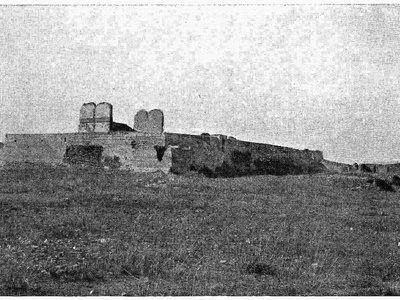
Karakorum
Once the cosmopolitan heart of the Mongol Empire, today Karakorum is a vast archaeological site marked by stone tortoise statues and foundation stones. The adjacent Erdene Zuu Monastery was built from its ruins, offering visitors a profound sense of world history.

Khar Balgas
Also known as Ordu-Baliq, these impressive ruins cover 50 square kilometers with a visible 12-meter-high citadel wall, towers, and moats. Its scale reflects the power of the Uighur Empire before its destruction by the Kyrgyz in 840 CE.
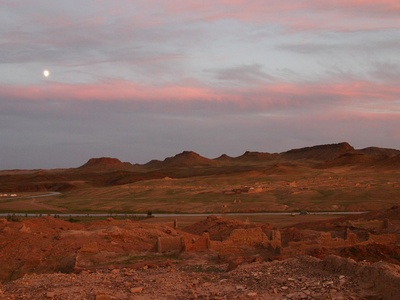
Ongiin Khiid
Situated on the Ongi River, these are the extensive ruins of two large monastery complexes that housed over 1,000 monks. Destroyed in 1939, the foundations and some walls remain, creating a starkly beautiful and poignant landscape for visitors.

Khushuu Tsaidam Monuments
These memorials for Bilge Khan and Kul Tigin feature inscribed stelae, the earliest known examples of a written Turkic language. The site, now protected by a museum, is crucial for understanding early Turkic history and culture in Central Asia.
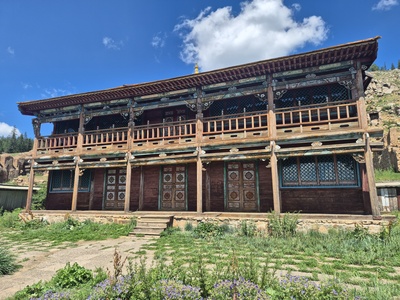
Manzushir Monastery
Nestled in Bogd Khan Mountain National Park, Manzushir was destroyed in 1937. The ruins of several temples lie scattered among pine forests and granite boulders, with one temple reconstructed as a museum. It’s a popular hiking destination.

Avraga Palace
Also known as Aurag, this archaeological site contains the remains of a significant settlement, including palace foundations. It is considered one of the earliest centers of the nascent Mongol Empire and holds immense historical importance for Mongolians.

Uushigiin Uvur Deer Stones
This site features a stunning alignment of 14 intricately carved granite monoliths depicting flying deer and other symbols. Standing amidst Khirigsuur burial mounds, they offer a powerful glimpse into ancient nomadic beliefs and artistry from over 3,000 years ago.
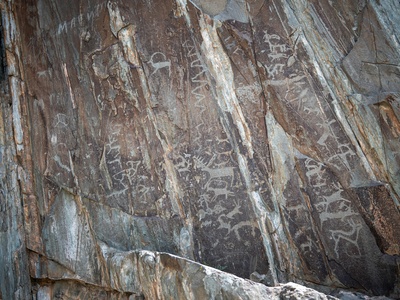
Petroglyphs of the Mongolian Altai
This vast collection of thousands of petroglyphs across several sites illustrates the development of culture in Mongolia. The detailed carvings depict hunting scenes, animals, and human figures, providing a priceless record of prehistoric life in the Altai mountains.
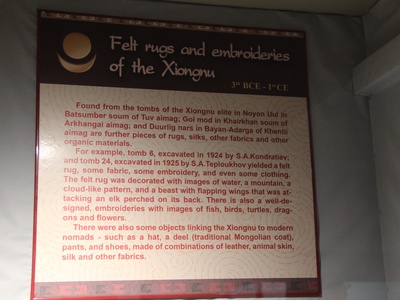
Noyon Uul Tombs
A series of over 200 burial mounds (kurgans) belonging to the Xiongnu elite. Excavations here have yielded incredibly preserved artifacts, including Han dynasty lacquerware and Roman goods, highlighting the Xiongnu’s wealth and vast trade connections.
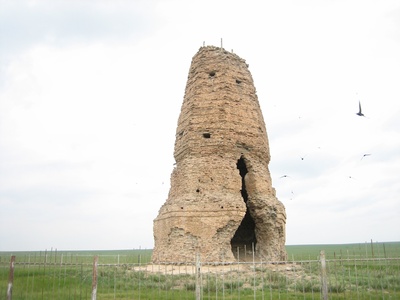
Kherlen Bars
The remains of this once-thriving Khitan city include a well-preserved 10-meter-high earthen pagoda, city walls, and other structural foundations. It stands as a testament to the Khitan empire’s presence and influence in eastern Mongolia before the rise of Genghis Khan.
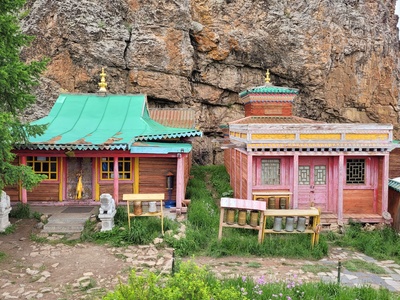
Tövkhön Monastery
Perched atop a forested mountain, this monastery was a creative retreat for the spiritual leader Zanabazar. Partially destroyed in the 1930s, some temples have been rebuilt while others remain in a ruined state, offering a blend of active worship and historical reflection.
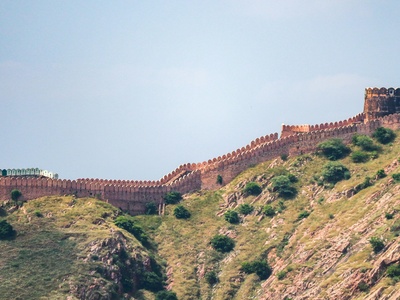
Chinggis Khaan’s Wall
Despite its popular name, this extensive network of ramparts and ditches predates the Mongol Empire. Stretching for hundreds of kilometers across eastern Mongolia, the low-lying earthen mounds are a mysterious and monumental feature of the steppe landscape.
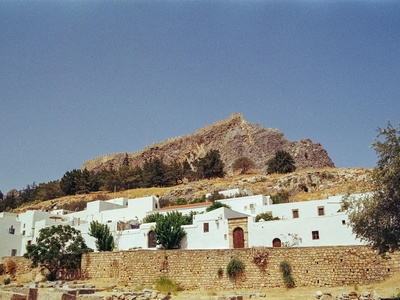
Baybaliq
Known as “Rich City,” Baybaliq was a key political and economic center of the Uighur Empire. The ruins feature impressive earthen ramparts and the remains of a central citadel, indicating its strategic importance along ancient trade routes connecting east and west.

Bars-Khot (Khitan Fortress)
This fortress, also known as the City of Princess, was an important Khitan military and administrative center. The most prominent features are the remains of a mud-brick stupa and a larger, partially collapsed one, standing as lonely sentinels in the vast eastern plains.

Shiveet Mankhan
Located near the Terkhiin Tsagaan Lake, this site is a large, square ritual complex from the Second Turkic Khaganate. It contains stone statues, balbals (stone figures), and a sacrificial altar, offering insights into the funerary practices of the Turkic elite.
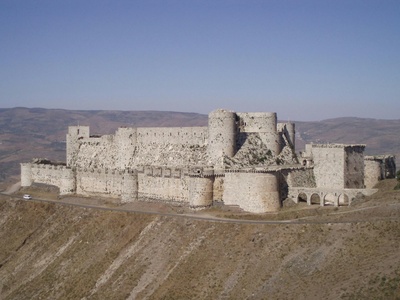
Balgasyn Tal Fortress
These ruins represent a rare example of a fortified Xiongnu city, challenging the notion of them as purely nomadic. The rectangular earthen walls and traces of internal structures provide archaeological evidence of a more settled, defensive aspect of Xiongnu society.
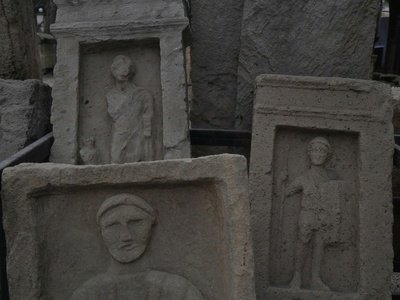
Gol Mod II Necropolis
This vast Xiongnu cemetery, recently excavated, has yielded spectacular finds, including a Roman glass bowl and silver dragons. The satellite tombs surrounding a main royal grave reveal the complex social structure and wealth of the powerful Xiongnu Empire.

Terelj Gorkhiin Durvuljin
Located within the popular Gorkhi-Terelj National Park, this site features several rectangular burial structures known as “slab graves.” These tombs, constructed with upright stone slabs, are characteristic of the Xiongnu period and offer a tangible link to Mongolia’s ancient past.

Barlagiin Süm
Also known as Aguit Monastery, these ruins lie hidden in the stunning Ikh Am valley of the Gobi Gurvansaikhan National Park. The stone walls of the main temple remain, offering a serene and isolated spot to contemplate the history of Buddhism in the Gobi desert.
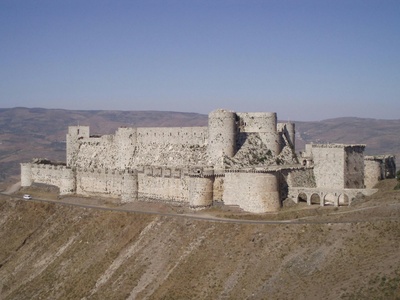
Khamar Monastery Ruins
While a new monastery stands nearby, the grounds contain the foundations and scattered remains of the original Khamar Monastery, destroyed in the 1930s. This area, considered a spiritual energy hub, is a pilgrimage site combining modern worship with historical ruins.
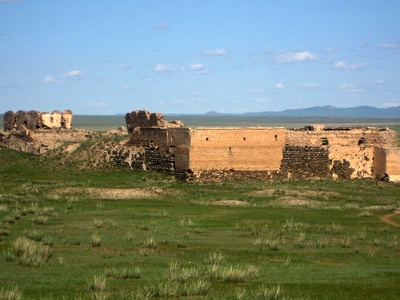
Tsagaan Baishin (White House)
The “White House of the King” is an enigmatic ruin with a large platform mound and evidence of white stucco walls. Its origins are debated, possibly being Khitan, Uighur, or Mongol, making it a fascinating archaeological puzzle on the steppe.

Binderiin Ovoo
This sprawling sacred landscape demonstrates continuous use for over a thousand years. The site is a dense concentration of Bronze Age ritual mounds and carved deer stones, making it a critically important area for understanding ancient nomadic spirituality and society.

Kharkhiraa River Valley Tombs
This valley contains numerous kurgans from the Scythian period, many preserved in permafrost. Excavations have revealed well-preserved organic materials, including clothing and tattooed human remains, providing a rare look into the Pazyryk culture in Mongolian territory.
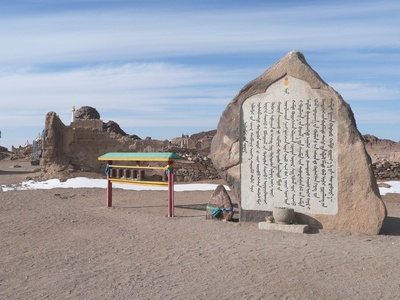
Demchig Monastery Ruins
Perched on a volcanic crater rim, Demchig Khiid was a significant center for Tantric Buddhism before its destruction. The ruins of its stone temples are scattered across a dramatic landscape believed to possess powerful natural energy, attracting spiritual pilgrims.

